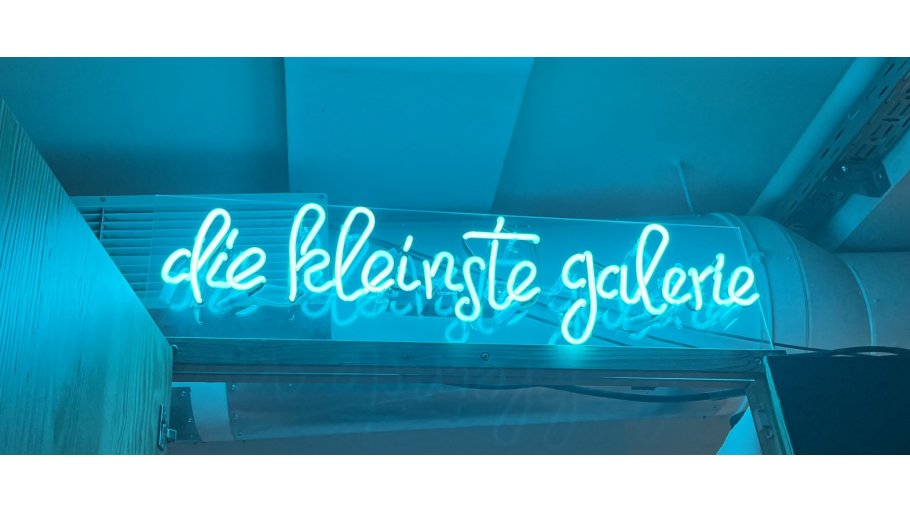The OneButton MiniGames Exibit Thing
Preamble: Some of the links and content presented here are in german language only. This is due to the nature of the described event (a local games/art exhibition in Regensburg, Germany). International readers: I apologize.
In the spring of 2024, our local GameDev club (GDR) was offered to create a “game related” exhibition in one of the city’s art galleries. This so called “smallest gallery” is located in Regensburg’s Degginger, one of the creativity hubs here.
Well, the name says it all: The “smallest gallery” provides an abundant space of barely 7 square meters as exhibit space for (periodically changing) public art installations. Its entry is located in the Degginger’s restaurant space.
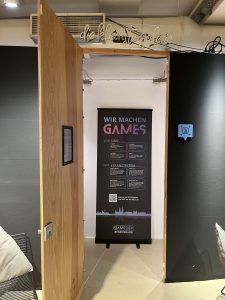
(click to enlarge)
The Installation…
Our installation went live in September 2024 – scheduled to be available until November that year. Following the gallery’s attitude of “being small”, we chose to build up a small 3D-printed Arcade station (NUC’ish Windows PC inside), running several Mini-Games. These would be short ‘OneButton’ games (only a single button needed to play) with roughly 2 minutes of planned playtime.
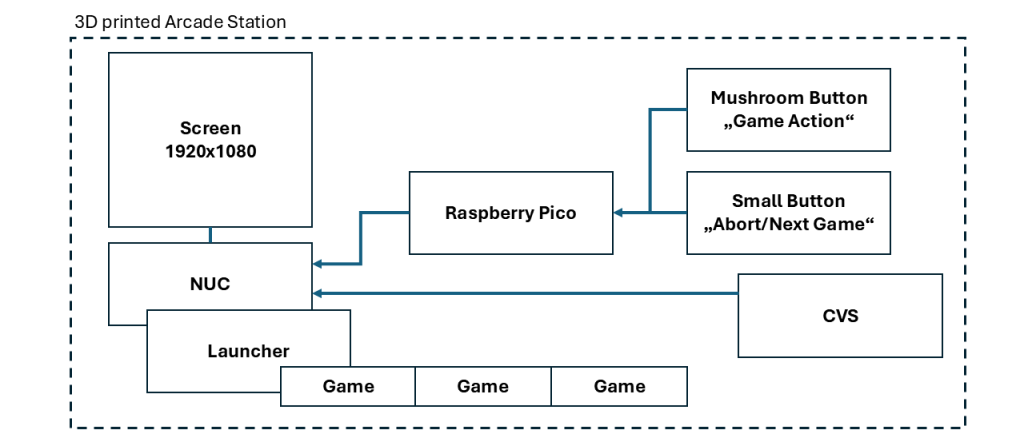
All games were created by members of the GameDev club and were integrated by a launcher program on the arcade station. Also, our tec-gurus implemented a CI pipeline, with automated updates from CVS to target machine and whatnot. So we could do nightly over-the-air updates of our games, even after the exhibit had started, and without any hands-on action.
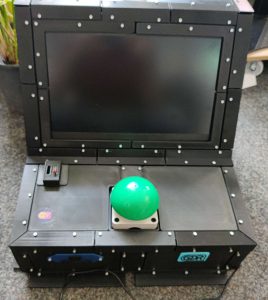
(click to enlarge)
About OneButton Games…
Using just one Button as an input for a game seems restrictive at first (and, well, it is), but it also has some advantages:
- Players do not have to struggle with many different input methods (e.g., key combos). It is just “press or don’t”. All the brains directly go into learning game mechanics (which can be complicated, still)
- With a bit of thinking, a lot of gameplay can be created, even with only one button’s input. In some cases, this might force developers to actually think more about gameplay than they normally would have.
Personally, I think the “OneButton concept” is a somehow underrated type of realization, especially for indie-games. There are some – but it could be more of them, imho.
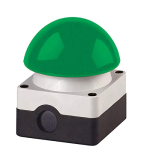
My Game Entry Ideas…
Being a member of said GameDev club, I opted in for two different Mini-Games:
- A textadventure with pictures (“MiniAdventure“)
Players shall be able to select different text options to drive the story forward. As there is only one button, each available option is highlighted for a certain time (where it can be selected). Then it switches to the next option and so on. A selection causes a “scene change”, presenting new text and picture. - A very simple sidescroller for game novices (“Rgb3000“)
There are only two game levels, and the button press invokes one simple action only, dependent on the level (“jump”, “shoot”, “next”). The gameplay is (intentionally) far from challenging, as it shall just provide walk-in visitors an experience about how “these game things” basically work.
Both games are in no way “fast paced” nor “arcade like” – the idea was to get al least some “story elements” in (well, more or less, given the basic game idea).
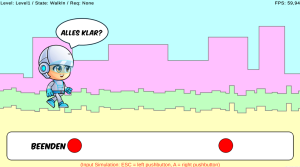
(click to enlarge)
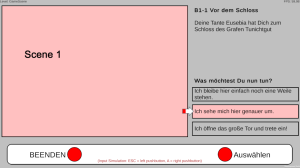
(click to enlarge)
Help was needed…
Although I felt capable of doing the programming, it was clear that I would need artists’ support. Luckily enough, I got helped by two local artists – and filled a few missing bits with assets from graphicriver.net, freesound.org, fonts.google.com, dafont.com (some of them were paid assets).
- With Rgb3000, Daria helped me. We had already worked on a gamejam entry before (SleeperBeat). Now again, all the backdrops were created by her. Also, you can see her other work on Artstation and her webshop here.
- With MiniAdventure, Sandra aka verschiedenArt helped me. As she has a soft spot for cats, we decided to make a story about the exiting search for catnip. All the pictures you see in game were created by her. Also, you can see her other work (and her webshop) here.
Many thanks to both of them – for their wonderful art work, but also for the creative discussions. They did all this in their spare time and solely for the fun of it. Kudos.
Choice of weapons…
Both projects were realized with Unity. Although past events have triggered some people to switch to other engines, it still is a wonderful tool (and I simply feel comfortable with it). Of course, there are others, well capable of such a task. E.g. Phaser, Godot, Raylib, GameMaker, Rust/Bevy, just to name a few. I’d strongly recommend to check those out, too.
How it finally looked like…
This is how the installation finally looked like. The gallery is a long and narrow room, so the station was placed at one end, flanked by posters with infos about the different games on the walls.
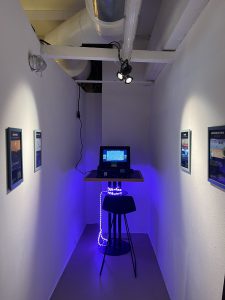
(click to enlarge)
And now – The Games (1): Rgb3000…
Daria went for a “funny future Regensburg” design (in the year 3000, to be exact). Different layers of backgrounds are shown using the “parallax” concept. All avatars (courtesy of graphicriver.net) have been animated by sprite sheets and simple colliders for collision detection were used.
You can play Rgb3000 in the browser (use SPACE as game button or tap/click on the mushroom-button picture to simulate a button press) here: https://mikoweb.eu/unity/Rgb3000
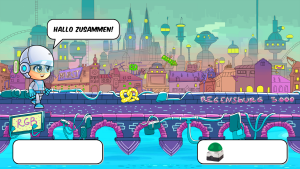
(click to enlarge)
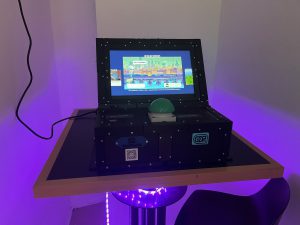
(click to enlarge)
And now – The Games (2): MiniAdventure…
Sandra chose the “cute’ish” style for all of her pictures. There is one image for every scene. We had a few animations in at first, but removed them later. State concept planning was done with Miro boards, and scene/text data stored to dynamically loaded xml files.
You can play MiniAdventure in the browser (use SPACE as game button or tap/click just somewhere on the text box to simulate a button press) here: https://www.mikoweb.eu/unity/MiniAdventure
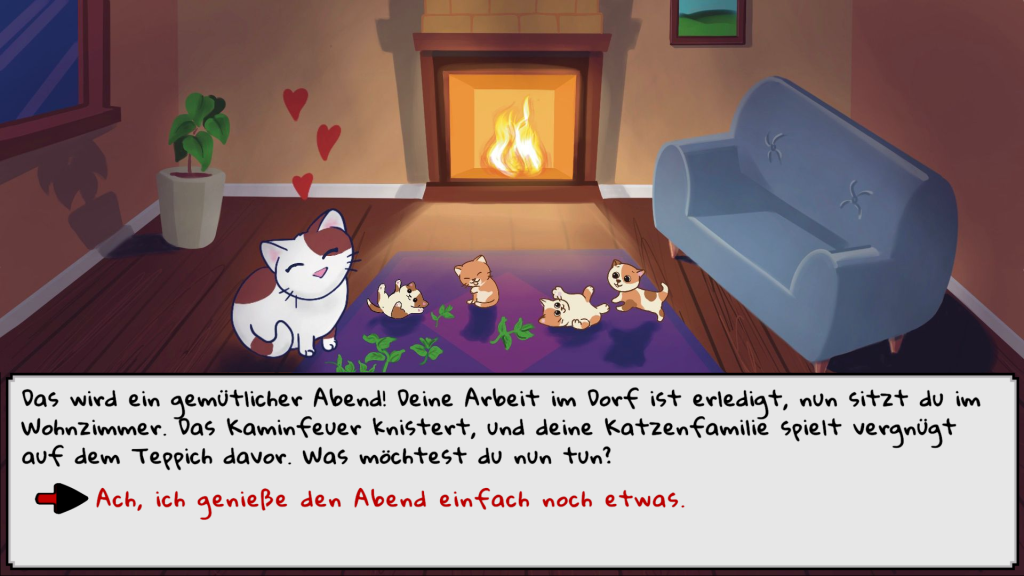
(click to enlarge)
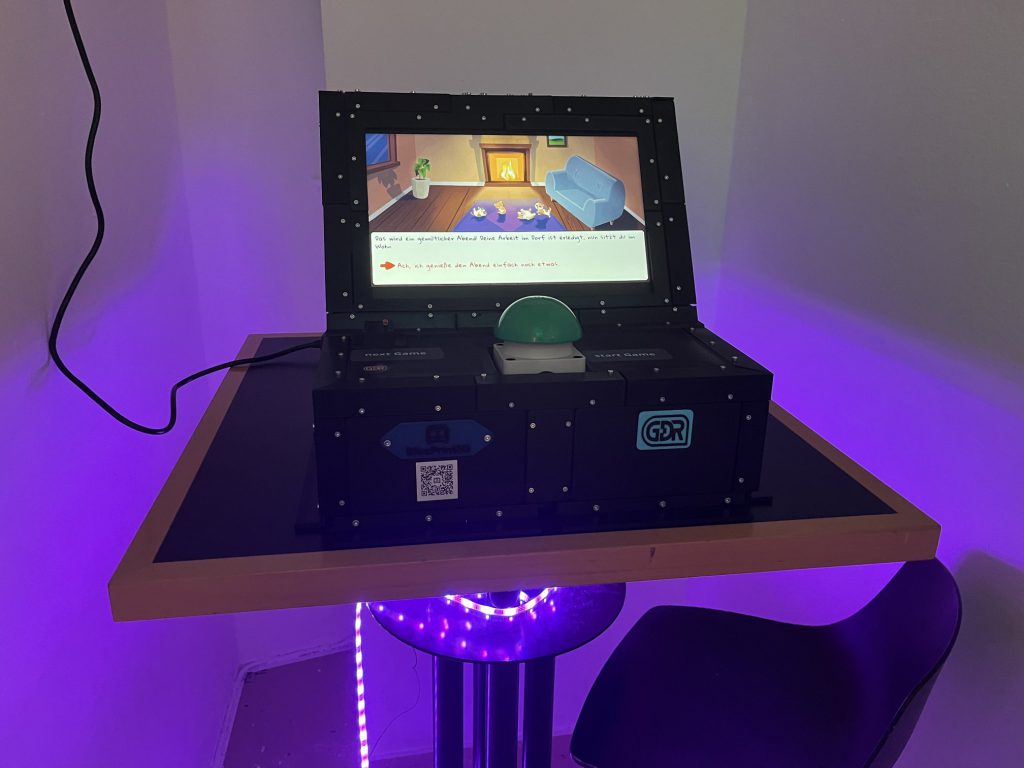
(click to enlarge)
All the Game Posters…
Here, you can see the wall posters of all mini-games (8 submissions made it into the final release – due to modular programming of the launcher app, new entries can be added quite easily, though).
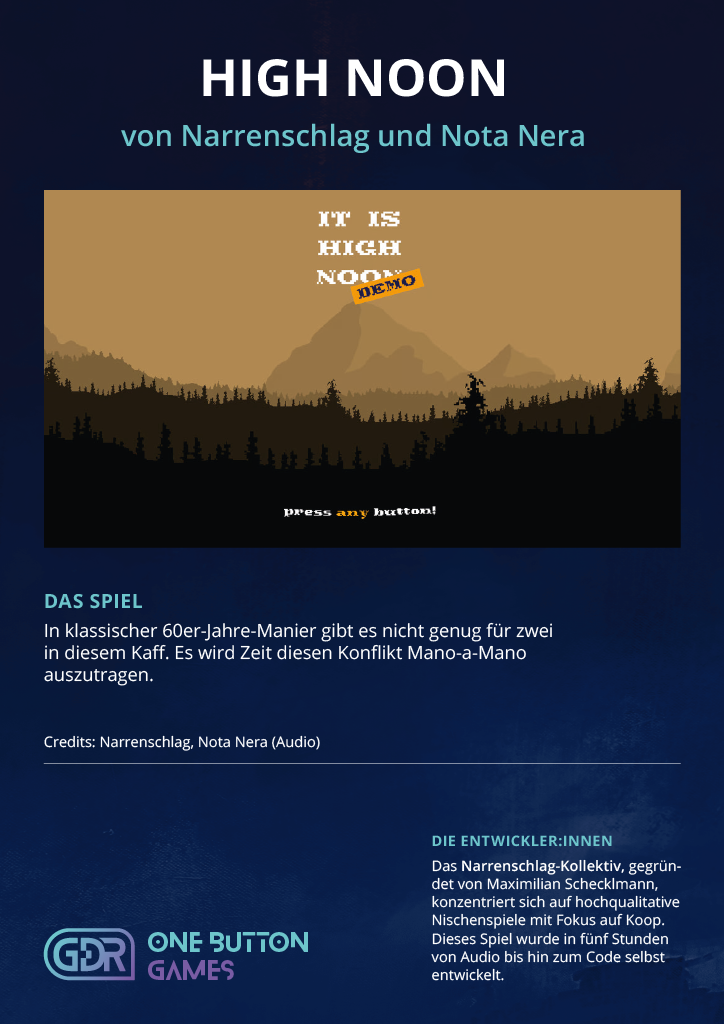
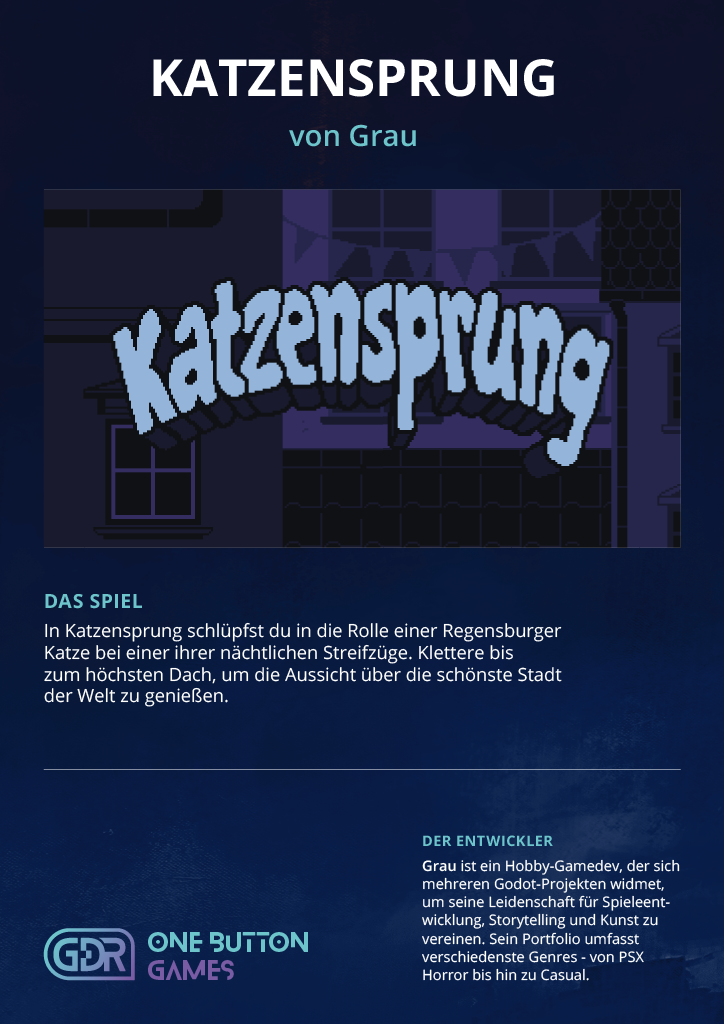
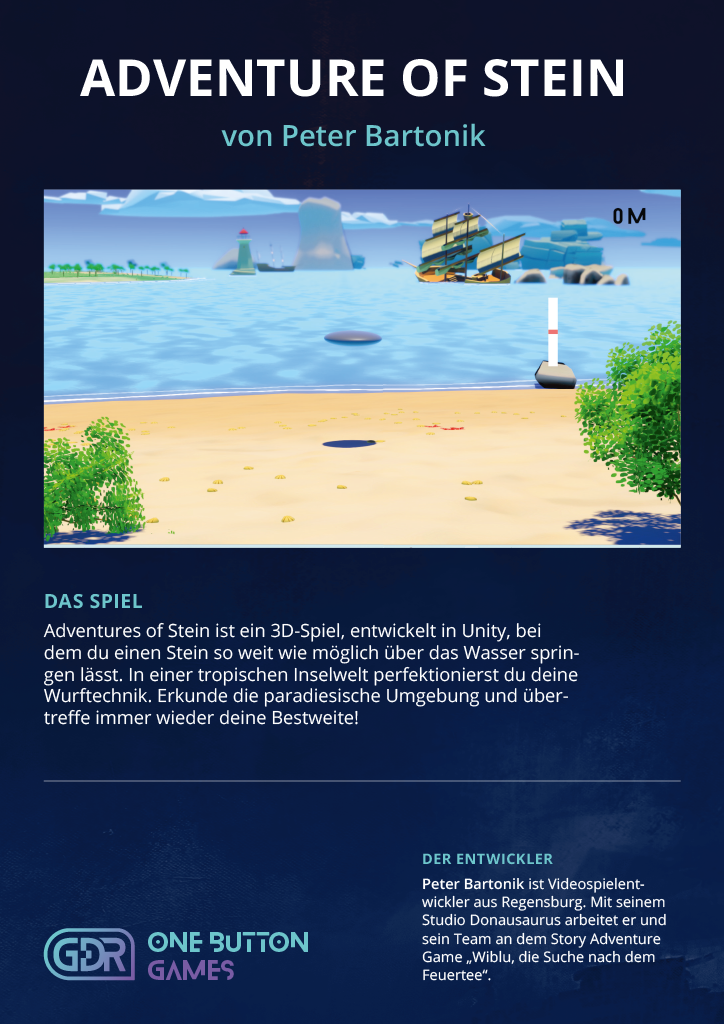
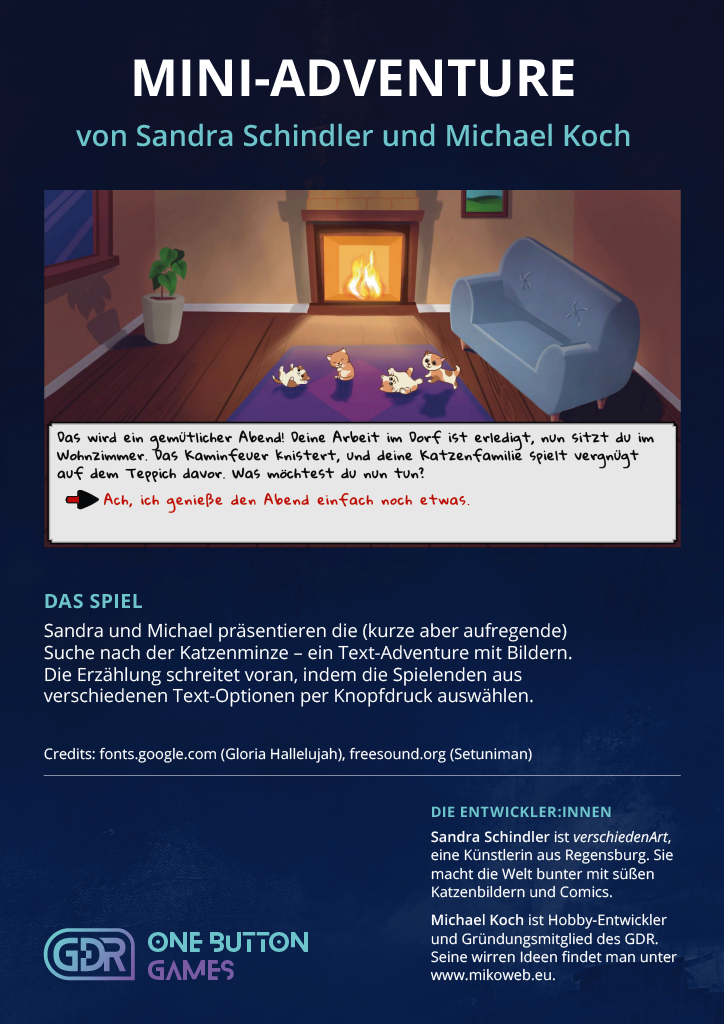
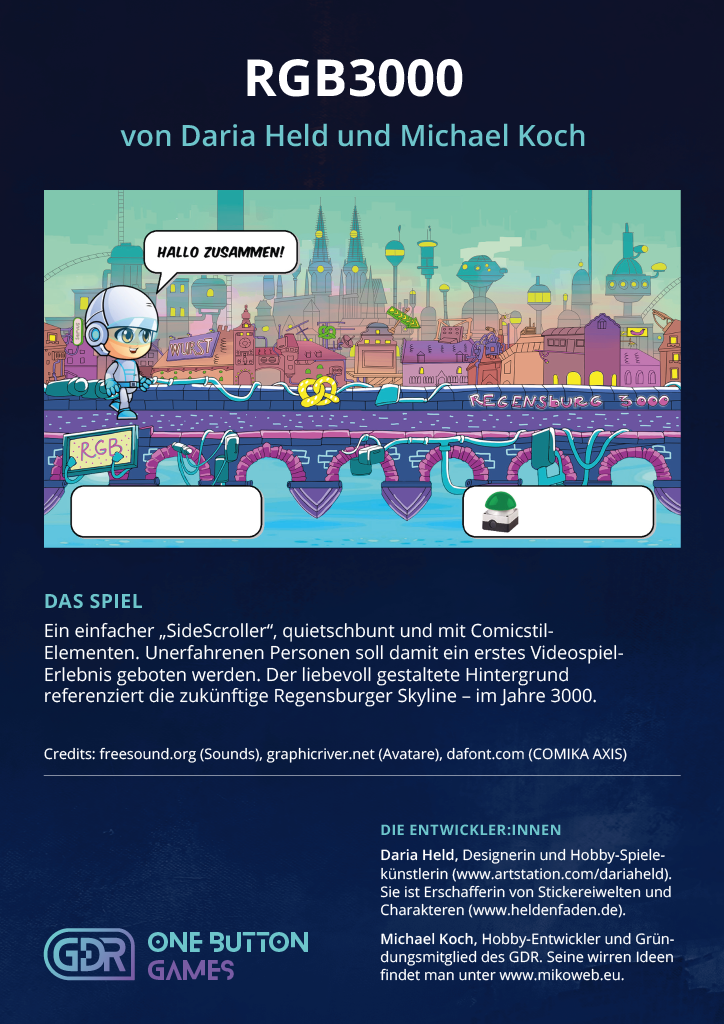
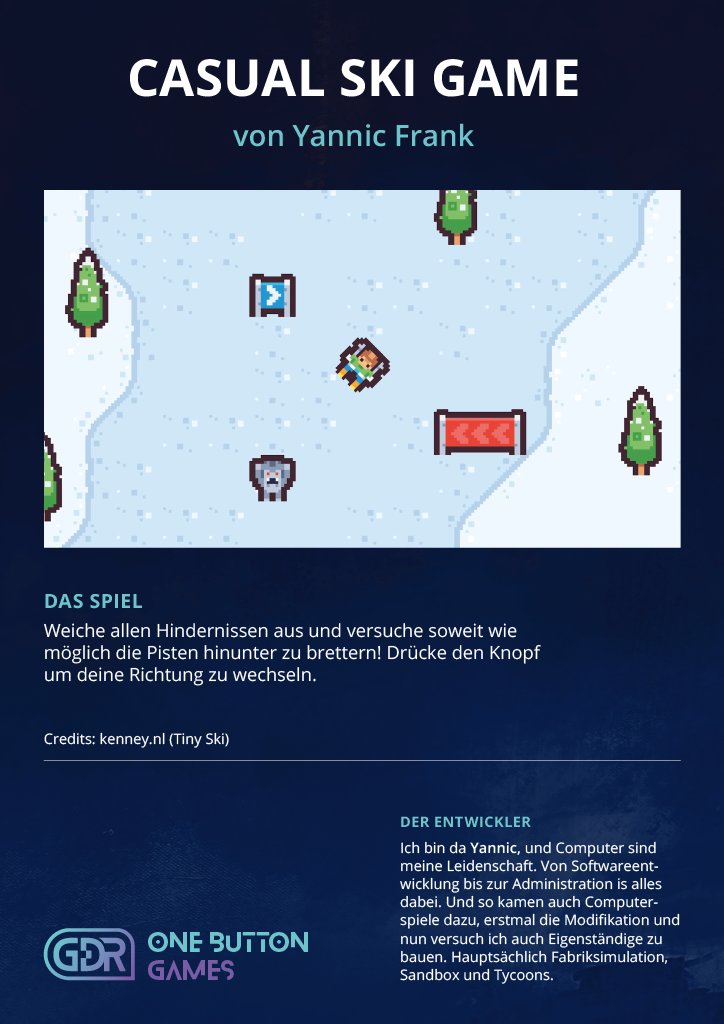
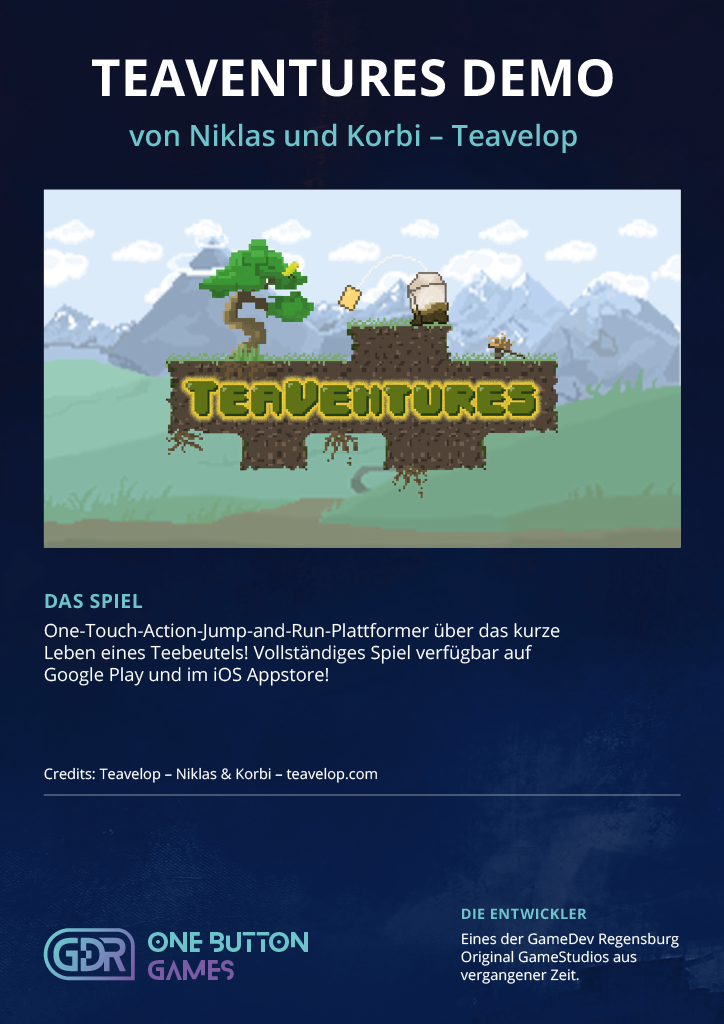
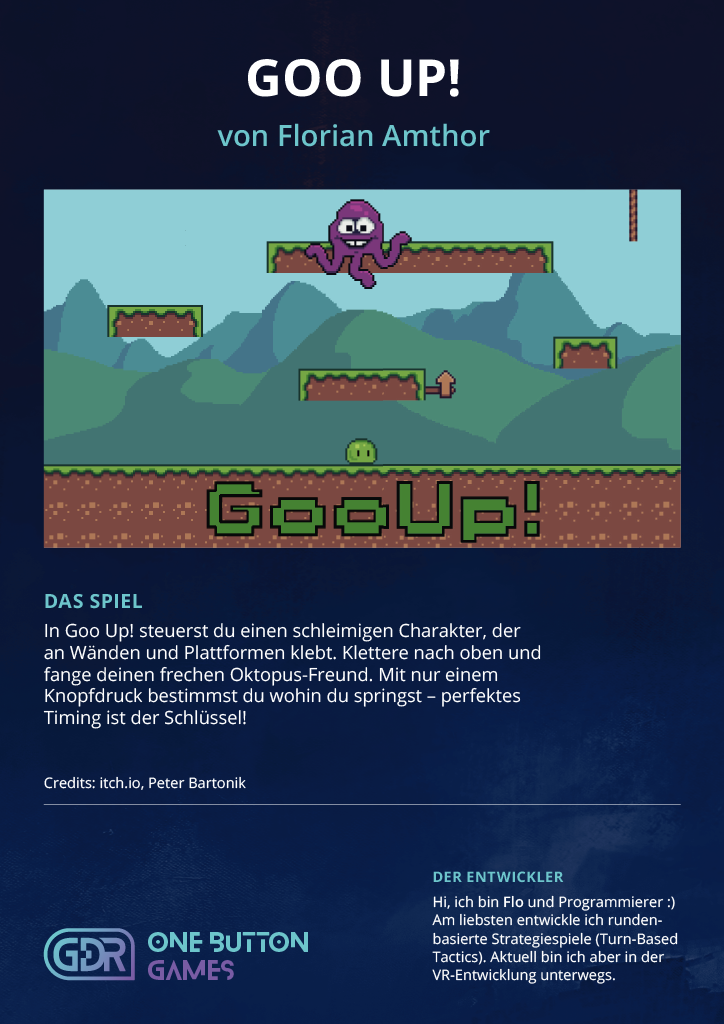
Final Words…
Creating such an exhibition is a great opportunity to present the “game development topic” to the public. I really appreciate our city’s efforts in supporting the local creative community by offering such a possibility.
Also, it was really impressive to see how all our club’s professionals worked together and finally made this “exhibit thing” happen. Just remember that such a task is not only about “sitting down and creating a mini-game with code and graphics”. There also is project management and organisation, hardware selection, procurement, assembly, input low-level software development, launcher programming, wall poster design and whatnot more.
Ah, and if you ever look for a game jam motto: Choose “OneButton game” – it will produce a lot of creative outcome, I bet.
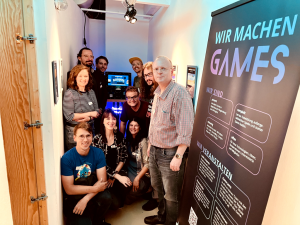
(click to enlarge)

